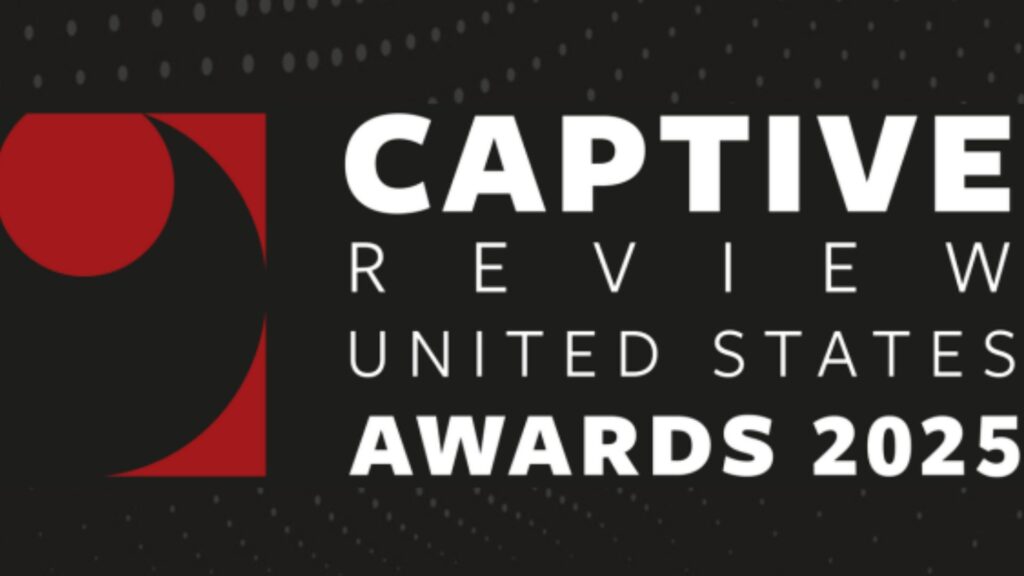Push and Pull
The debate over workforce flexibility remains that: a debate. On the one side, many employers want to bring staff back into the office in-person, citing collaboration, camaraderie and productivity as driving forces. On the other side, (most) employees are reluctant to return to the office full-time after having enjoyed a mix of remote or hybrid work for years. This dynamic is not new and it’s a topic you’re likely tired of seeing on your news feed, but did you know that:
- 65% of CEOs at multinational companies said the “ideal” working environment would be in-office full time by 20251
- A Gallup survey reports that only 12% of employees want to work in an office full-time
- 80% of companies regret their initial return-to-office decisions and wish their approach had been more thoughtful, strategic, and in coordination with employee feedback2
In this environment with competing priorities and a difficult labor market, it’s important that both parties find a compromise, but this process can be difficult and nuanced. By conducting Alera Group’s Workforce Flexibility Trade-Off Survey, we set out to identify those areas that may constitute that compromise.
The Survey
We surveyed 1,500 full-time employees, split between hourly and salaried workers across a range of industries, job types, and income levels. We then pitted the following flexible options against each other, where survey respondents had to choose one over the other:
- Flexible Hours: Set own hours, shifts and break times
- Flexible Days: Elect compressed work week, still meeting full time requirements
- Flexible Location: Work from home, office or other location at their preference
- Paid Parental/Family Care Leave Policy: Formal policy that provides paid time off (outside of sick/vacation/PTO) to care for a child or family member
- Additional Paid Time Off Days: Paid days to use for things like sick or vacation
We asked which benefit they prefer, which benefit they value the most, and which is most important when it comes to cultural perception.
Key Findings
Survey results offered some valuable insights into solving for this tricky issue:
- In terms of order of preference, participants overwhelmingly selected additional PTO over other benefits
- The majority of participants would accept slightly less pay for additional PTO
- Flexible work is difficult to take away once offered
- A paid parental/family care leave policy speaks volumes about a company’s culture of supporting employees
Our Advice
If you’re one of the many organizations grappling with how to bring employees back to the office, we recommend a different approach based on your primary goal, as seen below.
- For employee attraction, the positioning of the offer is important
- Consider additional PTO over salary
- Understand cultural impact of a paid parental/family care leave program
- For employee retention, we recommend a phased approach where you decrease flexible option slowly, but over time replace that benefit with additional PTO
Overall, it’s important to set an intentional policy, and one that is tailored toward your workforce. To that end, please get in touch if you are interested in conducting a similar study for your specific population, or if you would like to see the full survey results in detail. Otherwise, click here to learn how to Benchmark Your Time Off Programs.
1 KPMG 2022 CEO Outlook
2 https://www.cnbc.com/2023/08/11/80percent-of-bosses-say-they-regret-earlier-return-to-office-plans.html


